AI
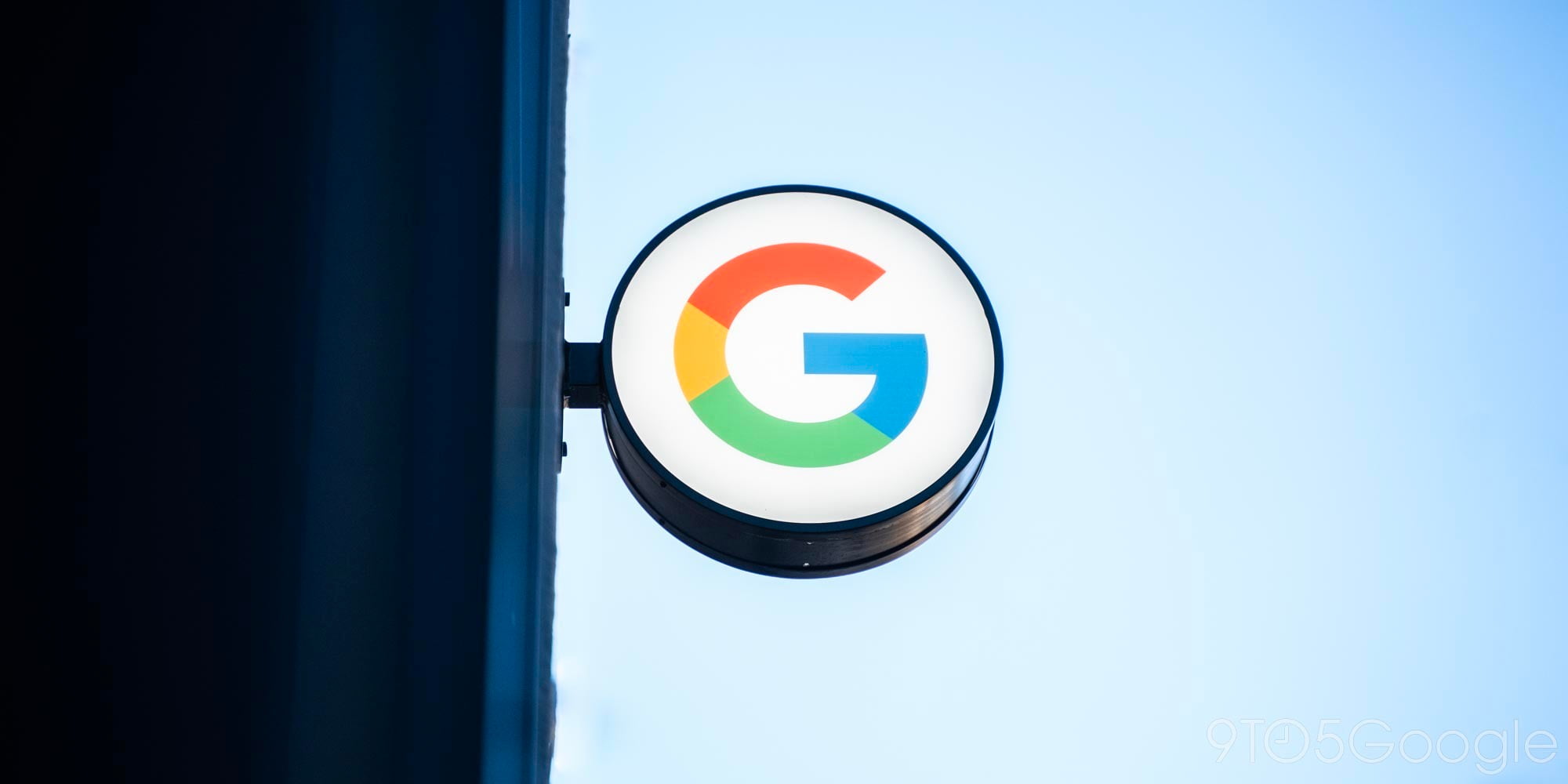
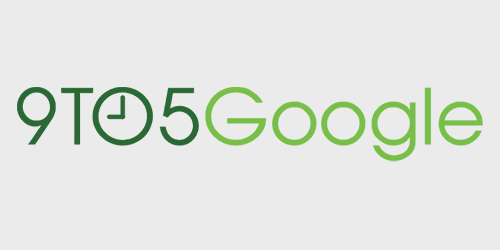
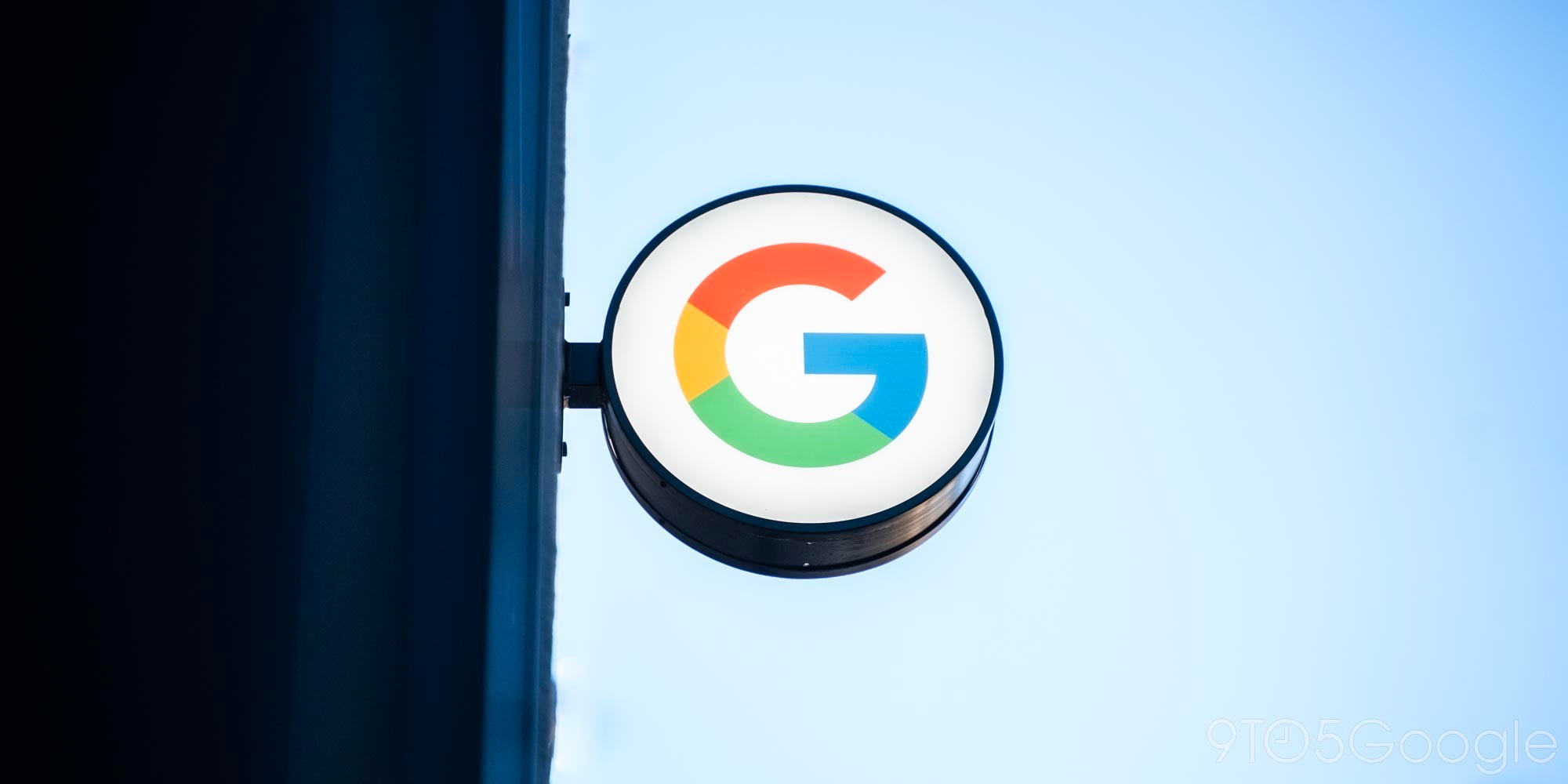
Google’s machine-learning head, Jeff Dean
A long-form Backchannel post by Steven Levy gives a fascinating insight into Google’s vision of the future of machine-learning. While it’s currently a specialist field, Google believes that one day it will be used by all software engineers no matter what the field, and that it will ‘change humanity.’
Google is starting small. It invites just 18 software engineers a year to join its Machine Learning Ninja Program, where they work alongside expert mentors for six months before going back to apply the approach to their own work. But Google’s machine-learning leader Jeff Dean estimates that around 10% of its 25,000 developers are proficient in the field, and he’d like that number to be 100%.
What’s notable is that all involved, from those in the Ninja program to the company’s key experts in the field, see machine-learning as something transformative …


Any SF fan will be familiar with Asimov’s famous Three Laws of Robotics, designed to ensure that robots were safe to be around. Scientists at Google, OpenAI, Stanford and Berkeley have just published a paper proposing the real-life equivalent for AI systems.
In a blog post summarising the proposal, Google Research’s Chris Olah says that while the team believes that AI will greatly benefit humanity, the risks do also need to be considered …

 These days, Google — as well as many other tech giants — is all about Artificial Intelligence. We’ve seen it shown off in many different shapes at its latest I/O conference, but perhaps one of the biggest achievements in the field was a little far from the consumer-world of Allo or the new Google assistant.
These days, Google — as well as many other tech giants — is all about Artificial Intelligence. We’ve seen it shown off in many different shapes at its latest I/O conference, but perhaps one of the biggest achievements in the field was a little far from the consumer-world of Allo or the new Google assistant.
After the recent victory, in fact, it will be Google’s Deepmind team to be put again to the test at Go, this time against the world’s new number one player (via Engadget)…
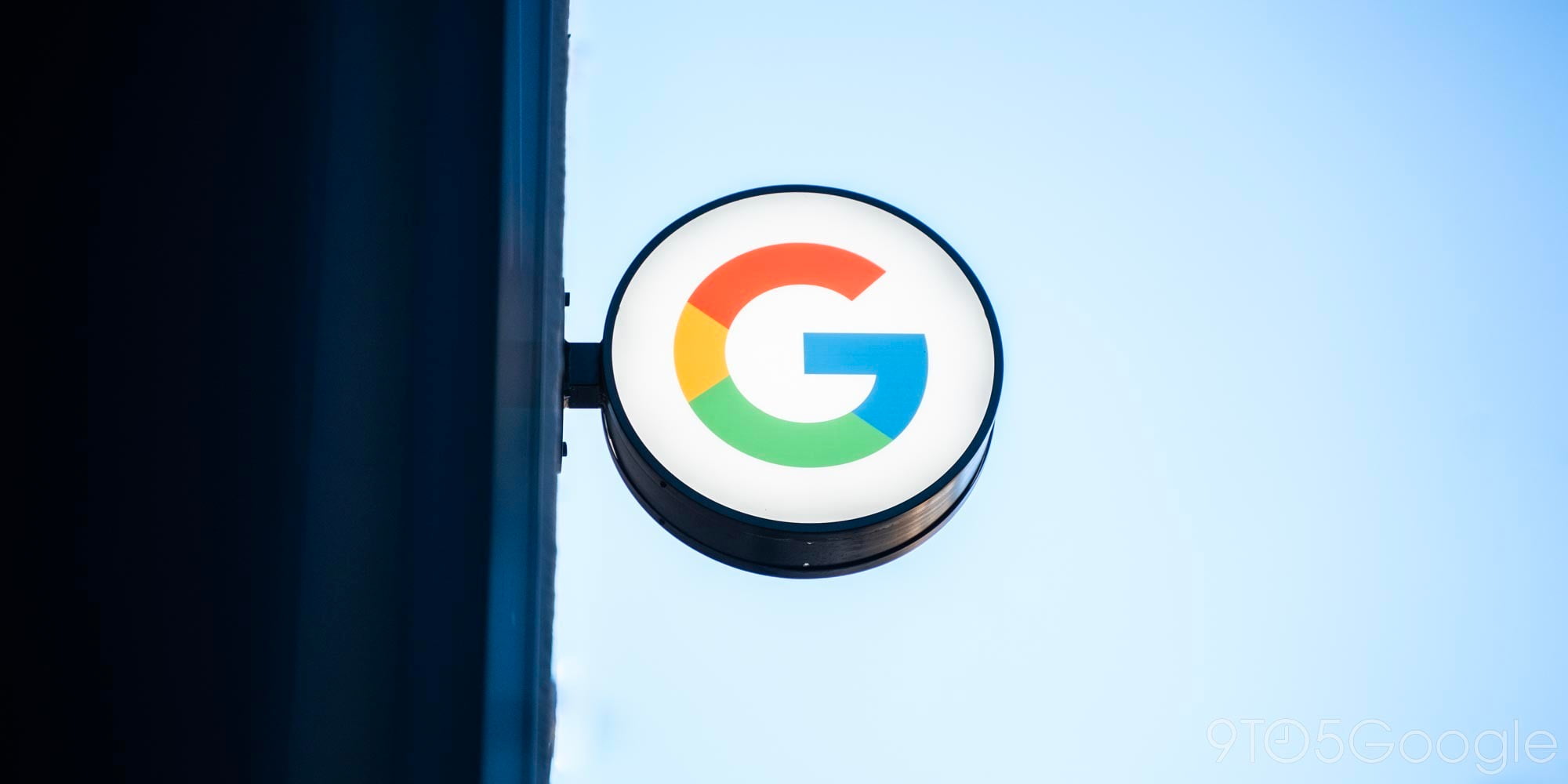

In the past year alone, Google-owned Deep Mind has made great strides in artificial intelligence. The company has long kept an eye towards safety with the establishment of an ethics board as part of the 2014 acquisition, and now a new paper (via BI) from DeepMind and the University of Oxford describes the creation of a “big red button” method that can be used to stop AI from causing harm…


You may remember a little while back it was revealed that Google has been feeding its neural networks steamy romance novels to read. The aim through this exercise was to teach it to produce more human-like responses in order to power its search results and ‘smart reply’ systems.
As well as forcing its neural networks to digest more than 11,000 unpublished books (3,000 of which were romance), Google Brain’s engineers have also been teaching it to relate two unique phrases to each other. As revealed in a Quartz article, the method was fairly straightforward and resulted in some really weird, romantic, dark ‘poetry’.


Over the past couple of years, Google has been implementing a number of AI, or machine-learning technologies, in to its products. Whether it’s intuitive search within the Photos app, better automatic thumbnail creation in YouTube, ‘Smart Reply’ in Inbox, or just straight-out beating an 18-time Go world champion, its artificial intelligent brains are being developed and honed.
With all of its incredible talent, apparently, there’s still work to be done when it comes to results from neural networks sounding and looking like naturally spoken or written human language. The solution: feeding it steamy romance…


Every year, Larry Page and Sergey Brin write a Founders’ Letter to inform stockholders of recent developments and their vision for the future. For 2016, Page had recently-anointed Google CEO Sundar Pichai write the letter as a majority of ‘bets’ are under his purview. The letter focuses on six main areas.


Back when I was in high school, I remember our computer studies teacher telling us that a computer only does what it’s told to do, and so mistakes are not the machine’s, but rather the user’s. With neural networks and machine learning, that is no longer true. AlphaGo, DeepMind’s specialist Go-playing machine, has proved as much. AlphaGo has been programmed to learn from its mistakes, and can err all on its own.
The AI-powered system failed to recover from an error against Lee Sedol in their fourth game, and eventually lost. In the fifth game, however, it made a mistake and was able to win the series in seemingly dramatic fashion.

Google’s AlphaGo AI may have secured the five-game match with its third win yesterday, but that doesn’t mean the competition is over. As announced today (via Demis Hassabis, CEO of DeepMind), the second-best-in-the-world South Korean Go player Lee Sedol actually managed to score a victory against the Google AI in the fourth game…
Expand
Expanding
Close


As achievements go, learning how to pick up objects doesn’t sound quite as impressive as twice beating the world Go champion – it is, after all, something the average toddler can do. But it’s the fact that the robots themselves figured out the best way to do it using neural networks that makes this notable.
A recent Google report spotted by TNW explains how the company let robot arms pick up a variety of different objects, using neural networks to learn by trial-and-error the best way to handle each. Some 800,000 goes later, the robots seemed to have it figured out pretty well …


We’ve read a lot about Google’s machine-learning projects over the past 12 months. Perhaps most intriguing was the Deepmind project which created works of art using neural networks. Or, perhaps a more accurate description is, that the DeepDream algorithm would turn existing pictures in to the stuff of nightmares. By distorting shapes in to animal heads and psychedelic patterns and colors, the finished product was almost terrifying.
As it turns out, Google put on an auction at a trendy San Francisco venue and sold some of its larger pieces for as much as $8,000.
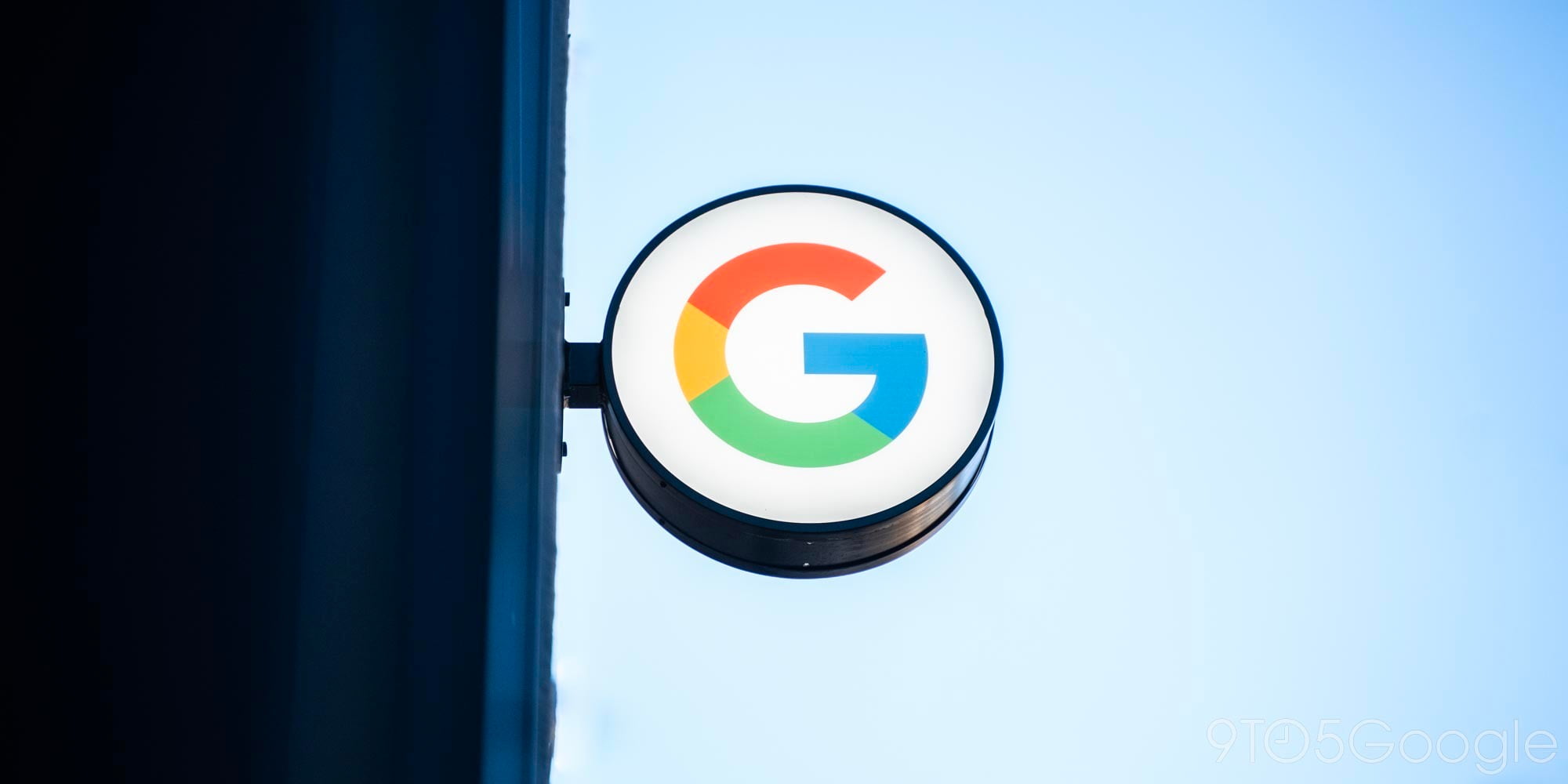

Wired has an excellent profile on Andy Rubin and his latest ventures post-Google. As creator of the original Android operating system that Google would eventually acquire and later a long-time Google employee on various Internet efforts at the company, a lot of people are waiting to see what Rubin does next since leaving Google over a year ago.
In 2013, Rubin discussed his restlessness with Larry Page, and—as Rubin recounts it—the two men agreed it was time for a change. That March, Rubin stepped down from Android… For a year, Rubin spun up Google’s new robotics division, but he quickly realized that Google’s goals, which reportedly involve creating humanoid assistants, would take a decade of basic research.
We already knew that Rubin’s new company, Playground Global, would provide support and hands-on engineering assistance to hardware tech startups it’s investing in, but Rubin elaborated on the company’s plans, including describing what he hopes will eventually become an open platform for all companies building AI into their products:
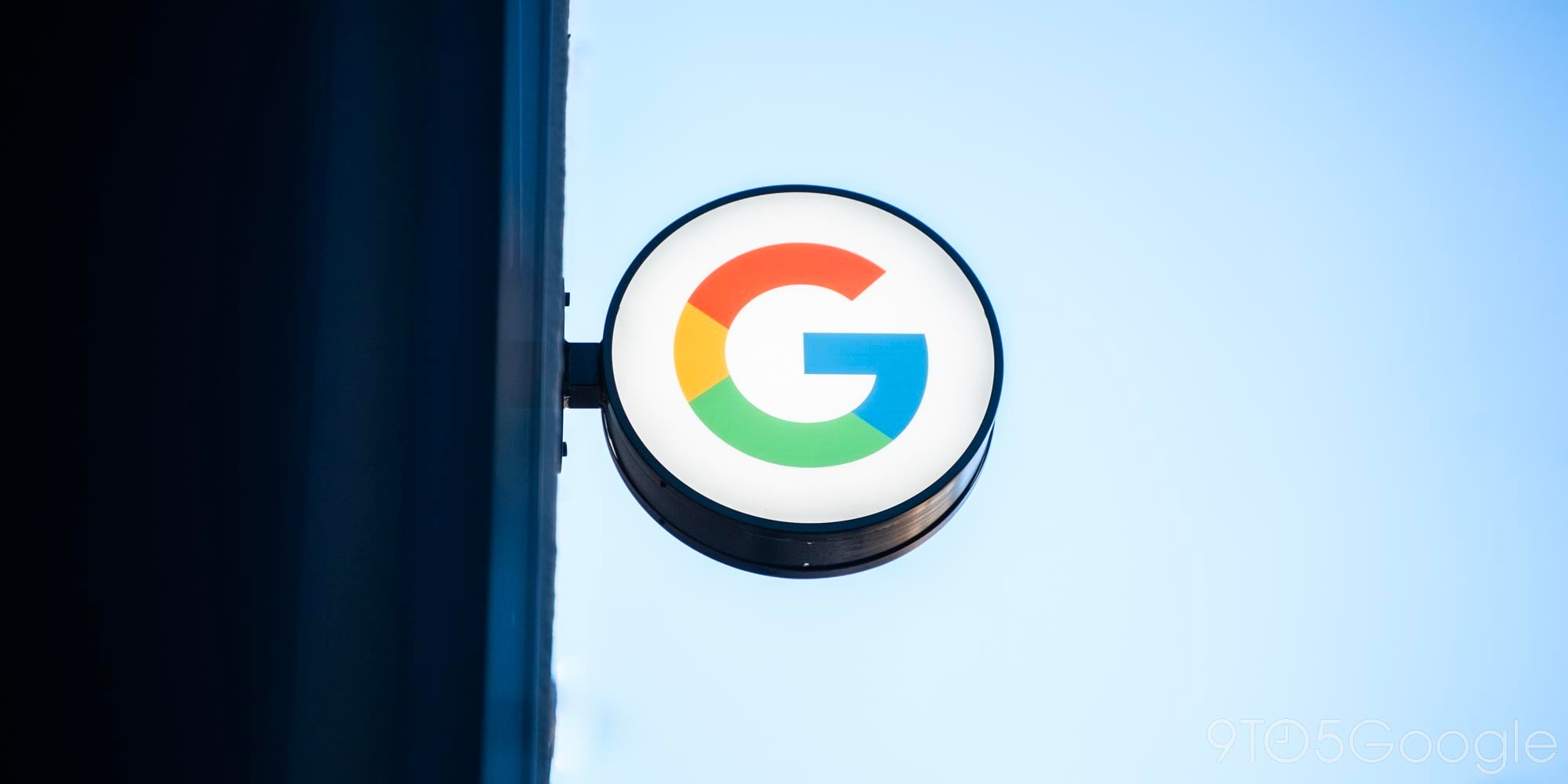

Towards the backend of last month, it was revealed that Google had developed an AI machine so advanced, it could beat a French Go champion at one of the most challenging games to teach a machine. DeepMind’s AlphaGo machine beat European champion Fan Hui 5-0 at Go, a game which — although simple to learn — features millions of combinations. Because of this complexity, teaching a machine to play beyond an amateur level has been challenging.


In 2014, Google bought UK startup DeepMind, considered to be the premier lab working on artificial intelligence. Today, head Demis Hassabis announced that they built an AI that can beat a human being at the ancient Chinese game of Go. The game is widely considered to be a benchmark for an AI’s ability to think.


Founded by the developers of Apple’s Siri, Viv Labs is a startup working on creating a personal AI assistant that can understand and automate what a user wants. The Information is reporting that Google and Facebook have tried and failed to purchase the company within the past year.


Speaking at a conference in New York today, Google chairman Eric Schmidt discussed how he believes artificial intelligence could one day help the world solve its “hard problems,” including issues like population growth, climate change, human development, and education. Schmidt explained that because of the fast pace at which AI technology is being developed, it can help scientists determine the relationship between the cause and effects of such issues by quickly analyzing large amounts of data (via Bloomberg).


Hangouts is widely criticized in the Android community for being slow and buggy. According to a rumor last week, SMS support is being stripped out of Hangouts in order to make the app a better chatting service. Perhaps on a related note, The Wall Street Journal is today reporting that Google has grander ambitions for the chat field and plans to infuse their artificial intelligence technology into it.

 A group of influential technology entrepreneurs and investors introduced today a new non-profit artificial intelligence research company called ‘OpenAI’. Tesla CEO Elon Musk joins his former PayPal colleagues and venture capitalists Reid Hoffman and Peter Thiel, along with several other tech investors, to pledge $1 billion toward the organisation with the goal to “advance digital intelligence in the way that is most likely to benefit humanity as a whole”.
A group of influential technology entrepreneurs and investors introduced today a new non-profit artificial intelligence research company called ‘OpenAI’. Tesla CEO Elon Musk joins his former PayPal colleagues and venture capitalists Reid Hoffman and Peter Thiel, along with several other tech investors, to pledge $1 billion toward the organisation with the goal to “advance digital intelligence in the way that is most likely to benefit humanity as a whole”.
Expand
Expanding
Close


Google is at the forefront of machine learning, and has already brought some of its AI-powered technology to apps like Gmail and Search. It’s also keen to get its tools in to the hands of developers and recently made Tensorflow machine open source. As part of that focus on giving developers the resources, it’s also launched the Cloud Vision API, giving devs the ability to build apps (and robots) which recognize objects and facial expressions, then respond to them…


Google hasn’t been shy about sharing how it uses advanced neural networks (informally known as AI) in some of its products. The company has been teaching its machine learning tools a slew of new tricks in recent months. Google Photos uses it to easily find specific images based on your search, they equipped YouTube with the ability to better select thumbnails, reply to your emails from Gmail and made Google Translate far better at reading signs. And now, it wants to share its machine learning engine with developers, to make it even better…

Update: It looks like the Smart Reply feature is rolling out starting tomorrow.
To all those asking, Smart Reply will start rolling out to Inbox on Android and iOS tomorrow.
— Inbox by Gmail (@inboxbygmail) November 4, 2015
Google’s Inbox app for Gmail is one of the best things to happen to personal email management since email was invented. Using Google Now’s power, it can automatically create calendar events, sort out your junk and priority emails and suggest reminders. Now it’s about to get a whole lot smarter…
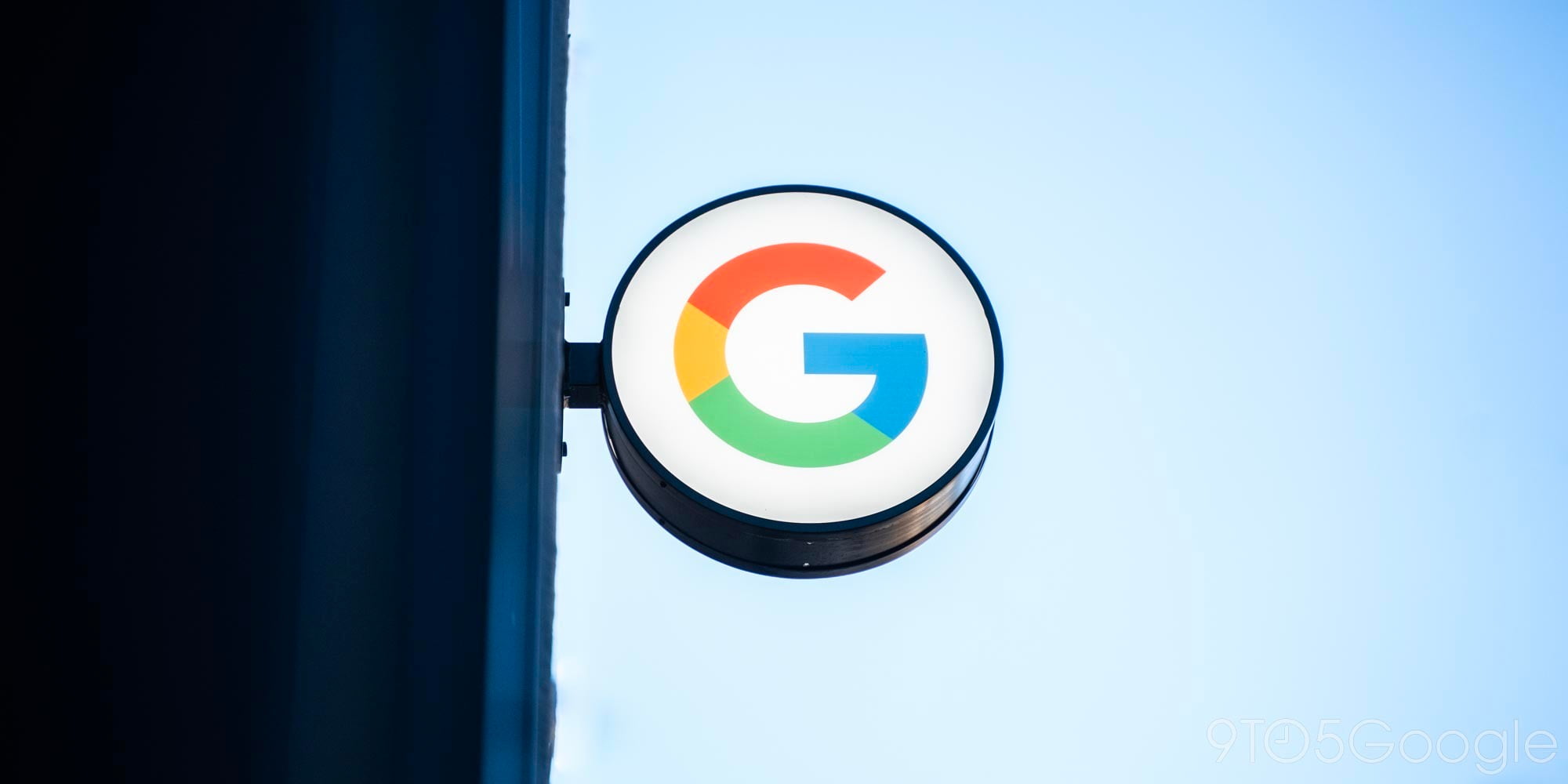

It’s no surprise that Google employs artificial intelligence to help parse search queries, but it did surprise me to learn that a full 15% of Google searches are ones its systems have never seen before. It’s these that the company has been decoding with the help of an AI system called RankBrain, reports Bloomberg.
For the past few months, a “very large fraction” of the millions of queries a second that people type into the company’s search engine have been interpreted by an artificial intelligence system, nicknamed RankBrain, said Greg Corrado, a senior research scientist with the company, outlining for the first time the emerging role of AI in search.
As you’d expect, Google uses literally hundreds of different ‘signals’ to make sense of searches, and the vast majority of these are based on discoveries and insights that people in the team have had – but RankBrain is the first system that genuinely learns …
Expand
Expanding
Close


If you thought SwiftKey for Android was already smart and intuitive, you’ll be excited to know the company has just finished working on a product which it claims is even smarter. SwiftKey Neural Alpha has made its way to the Google Play Store, and instead of using word frequency calculators (n-gram model) to predict your next words, it’s more contextually aware of the sentence you’re typing…

Largely heralded as the creator of Android (and as of last year, no longer at Google), Andy Rubin yesterday took to the hotseat at the Code/Mobile conference to talk the future of computing. Now founder and CEO of tech startup incubator Playground Global, his job is to know what’s coming in tech “after mobile” — and he had some very insightful comments indeed…
Expand
Expanding
Close